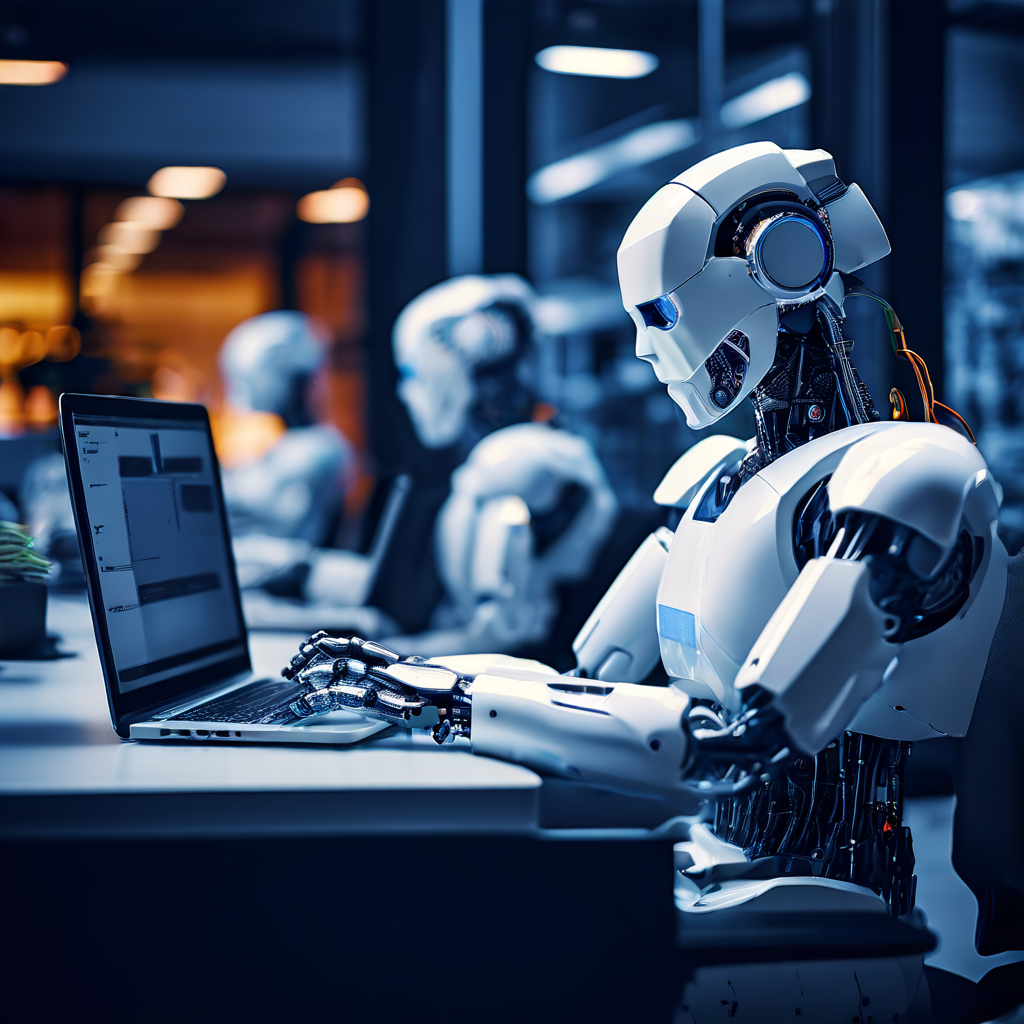Robotic Process Automation (RPA) is a technology that uses software robots or “bots” to automate repetitive, rule-based tasks traditionally performed by humans. RPA bots can mimic human actions, interacting with digital systems and software to handle high-volume, repetitive work with improved efficiency, accuracy, and cost savings compared to traditional automation tools.
Key Features of Robotic Process Automation
RPA bots can automate a wide range of repetitive, rule-based tasks across various business processes and industries. They interact with existing systems through the user interface, requiring minimal changes to the underlying IT infrastructure, making RPA a low-risk option for automation.
RPA is highly scalable and flexible, capable of handling large volumes of tasks and adapting to different business processes. It seamlessly integrates with AI and machine learning technologies, enabling more advanced automation capabilities such as processing unstructured data and making data-driven decisions.
Robotic Process Automation vs Traditional Automation
RPA offers several advantages over traditional business process automation tools:
- RPA can be implemented without modifying existing IT infrastructure, while traditional automation often requires significant customization and integration.
- RPA has a much faster deployment time, typically taking weeks compared to the months required for traditional automation due to its deep integration requirements.
- RPA is highly scalable, allowing businesses to easily adjust the number of bots based on demand, whereas scaling traditional automation involves complex reprogramming and infrastructure changes.
- RPA can imitate human actions and be customised through user-friendly interfaces, making it more intuitive and accessible to a broader range of users within an organisation compared to traditional automation, which requires extensive programming skills.
Advantages of Robotic Process Automation
RPA offers significant advantages over traditional automation:
- It can be deployed much faster, typically in weeks rather than months, as it does not require deep integration with existing systems.
- RPA is highly scalable, allowing businesses to easily adjust the number of bots based on demand, while scaling traditional automation involves complex reprogramming.
- It is more cost-effective in the long run by reducing the need for human resources and minimizing errors, leading to significant cost savings despite potentially higher initial costs compared to traditional automation.
- RPA improves accuracy and consistency by following rules precisely and eliminating human errors, achieving a higher level of precision than traditional automation.
Robotic Process Automation and Business Scalability
RPA significantly enhances business scalability by offering platform-agnostic solutions that can adapt to changing needs without being limited by the underlying technology infrastructure. It supports non-disruptive implementation, minimising the risk of process failures during deployment, and allows for dynamic debugging and maintenance without interrupting ongoing operations.
RPA can handle increased workloads efficiently, operate 24/7 without breaks, and integrate seamlessly with existing systems, eliminating the need for costly replacements or modifications. By automating repetitive tasks, robotic process automation reduces the need for additional workforce during peak times, leading to improved cost efficiency and flexibility in staffing to meet growing demands.
